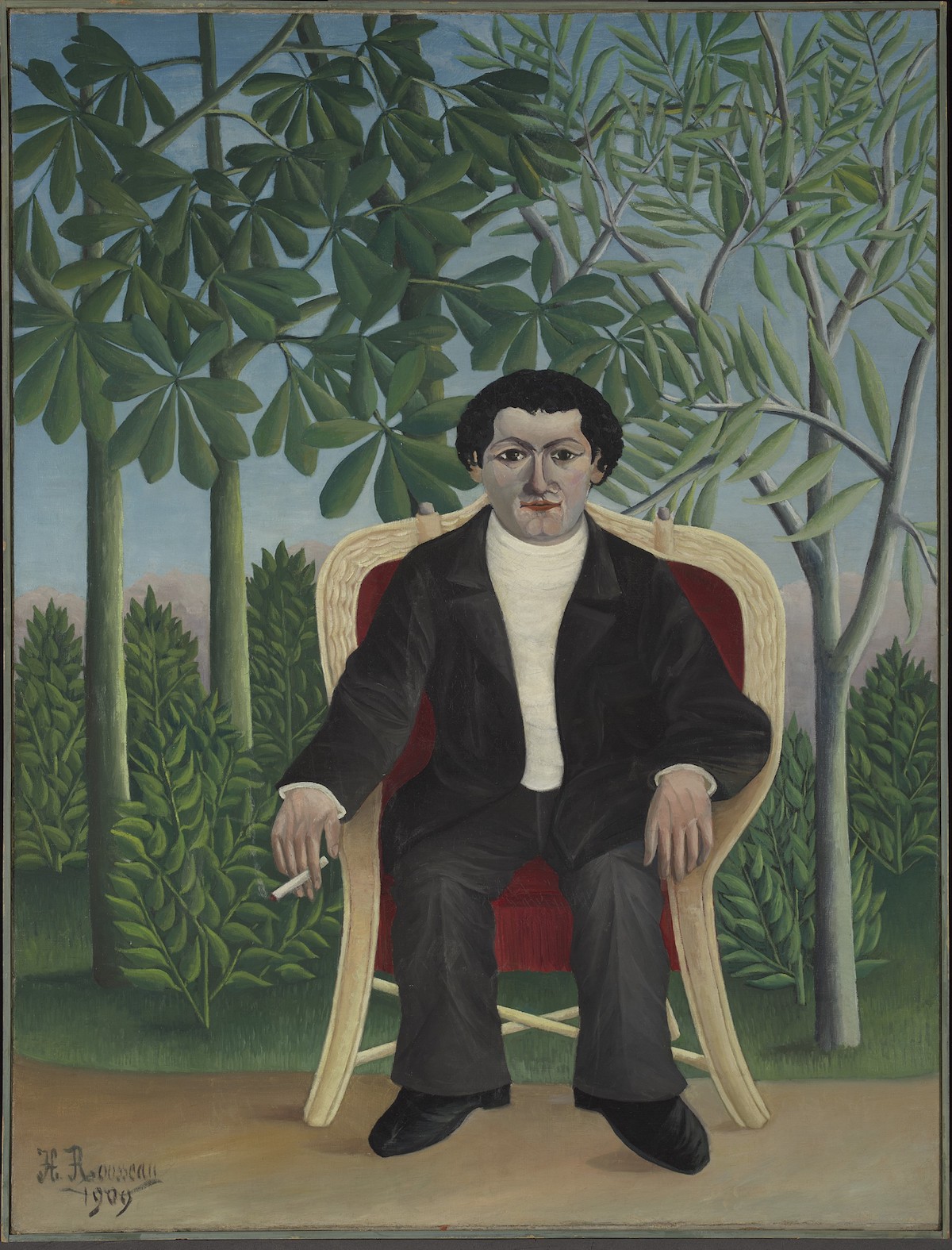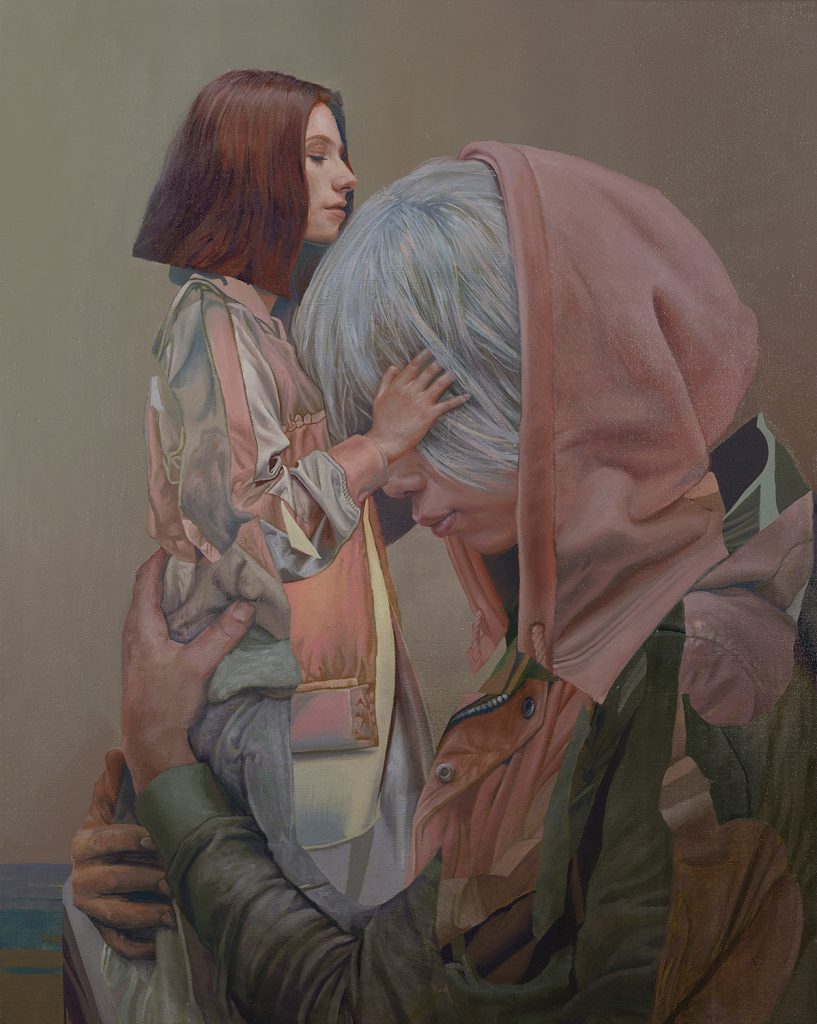Notebook 10, l'enfance de sanbras
2021 - Installation (Installation)
220 x 169 cm
Kelly Sinnapah Mary
Notebook 10 , l ‘enfance de sanbras (The Childhood of Sanbras) series by Kelly Sinnapah Mary is a sequel to an earlier series by the artist titled Cahier d’un non retour au pays natal (2015). This earlier work considers the process of reconstructing an identity of the Indian workers who arrived in the Caribbean during the post-slavery period. The work addresses the conditions of recruitment of these Indian workers, the strategies of the recruiters, how they lured them onto ships to bring them back to the plantations. Inspired by two authors, Aime Cesaire and Khal Torabully, the artist reinterprets masterworks of Caribbean literature. The Childhood of Sanbras series approaches another axis of reflection wherein Sinnapah Mary engages with her experiences and memories as a child, and the characters she identified with, while exploring current stories about the Indian diaspora in the French West Indies. Working with the concept of memory, her notebooks function like diaries in which characters take form and retell a story through drawings and sculptures that refer to a ludic universe of children. The series introduces the stories of Sanbras, a little girl in a school uniform and braids—an element so present in the artist’s practice that serves as a metaphor for the construction of identity through the gesture of braiding. The artist’s narrative mixes elements of Caribbean culture, Maroons, and Hinduism. Sanbras, in some of the works, has extra arms, legs, or a third eye. The little girl meets other friends throughout the story and builds a community. This resilient new village formed by Sanbras is a reference to the Marronage, of which she is part and wishes to build a new ecosystem. In the sculptures that accompany the notebooks, the artist explores Sanbras in a more material and corporeal manner, giving another dimension to the character through an ingenuous naivety.
Kelly Sinnapah Mary is a multidisciplinary artist who’s work is informed by the diasporic journey of her ancestors. She is the descendant of indentured laborers sent from India to Guadeloupe by the French Government in the 19th century to replace the free labor of the transatlantic slave trade. Sinnapah Mary’s practice reflects on her Indo-Caribbean identity by unpacking the details of her ancestors’ middle passage to Guadeloupe. Through the lens of science fiction, she often explores the so-called feminine universe; working with floral themes, soft materials, and fairy tales, using techniques that contrast the poignant and politically charged subject matter she addresses. From this friction, Sinnapah Mary traces her ethnic heritage, while questioning her roots as someone caught in two nested worlds—confronting concepts of ‘negritude’ and ‘coolitude’. ‘Coolie’, an expression coined by Caribbean poet Khal Torabully, is a pejorative name given to Indians who migrated to the Caribbean.
Colors:
Related works sharing similar palette

© » ARTS EQUATOR
Caring for the Carers: How Malaysian artists working with communities hold space | ArtsEquator Thinking and Talking about Arts and Culture in Southeast Asia ArtsEquator Viewpoints Courtesy of Syarifah Nadhirah August 12, 2021 By Rahmah Pauzi (1,300 words, 5-minute read) I had forgotten how loaded the words “how are you,” or “apa khabar,” can be...

© » KADIST
Prabhakar Pachpute
2020Calling attention to campaigns for land rights, survival, and sovereignty, Prabhakar Pachpute’s recent works consider how farmers in India use their bodies in performative ways during acts of protest...

© » KADIST
Yoshinori Niwa
2011Yoshinori Niwa’s investigation into the monetary system and material goods is witnessed across a range of his works...

© » ARTS EQUATOR
Silent Rooms, Silent Memories: “Flowers” by Drama Box | ArtsEquator Thinking and Talking about Arts and Culture in Southeast Asia Articles Drama Box May 16, 2019 By Akanksha Raja (1,155 words, 5-minute read) It’s a series of plastic white flower-fans lining the fence of 74 Jalan Kelabu Asap that lets me know that I’ve arrived at the site of Drama Box’s first work of 2019, Flowers , an experiential installation set in a quaint two-storey landed house in Chip Bee Gardens...

© » KADIST
Kaoru Arima
2015Arima’s free brushstrokes gesture towards traditions in Expressionist painting, and Ticket could be seen as an attempt at “pure painting” in which the aesthetics of the medium supersede content...

© » SOUTH CHINA MORNING POST
Floral art by Andy Warhol, Pablo Picasso, Claude Monet and other artists on display at private Deji Art Museum in Nanjing, China | South China Morning Post Advertisement Advertisement Art + FOLLOW Get more with my NEWS A personalised news feed of stories that matter to you Learn more The exhibition ‘Nothing Still About Still Lifes: Three Centuries of Floral Compositions’ at Nanjing;s Deji Art Museum features more than 100 modern and contemporary artworks, including (above) “Les Amoureux au Bouquet de Fleurs” (1935-1937), by Marc Chagall...

© » KADIST
L’exigence de la saudade Curated by Zasha Colah and Sumesh Sharma, Clark House Initiative, Bombay With: Padmini Chettur, Prajakta Potnis and Zamthingla Ruivah And the participation of: Nalini Malani, Krishna Reddy, Jean Bhownagary, Maarten Visser Intervention in the public space by: Justin Ponmany, Prabhakar Pachpute The exhibition brings together three artists from distant geographies within India – Padmini Chettur, a contemporary dancer, Prajakta Potnis, a visual artist, and Zamthingla Ruivah, a master weaver, whose works are conceptually engaged with remnant cultural forms, not as endangered traditions, rather to reinvent them in the present...

© » KADIST
Farah Al Qasimi
2022Um Al Dhabaab (Mother of Fog) by Farah Al Qasimi addresses the myth of Al Qasimi tribe-instigated piracy in the Gulf, perpetuated by the British Empire and upheld by contemporary western academia...

© » PAINTERS' TABLE
JAKE! @ Betty Cuningham Gallery | Painters' Table Skip to main content JAKE! @ Betty Cuningham Gallery https://johnmitchellworld.wordpress.com/2020/02/19/jake/ Jake Berthot, Chapel Trail Near Alter Road, 2000, oil on panel, 26 3/8 x 26 1/8 inches (courtesy of Betty Cuningham Gallery) John Mitchell visits the exhibition JAKE! at Betty Cuningham Gallery, New York, on view through February 23, 2020...

© » KADIST
Rossella Biscotti
2014Rossella Biscotti’s “10×10” series investigates the relationship between demographics, data processing, textile manufacturing and social structure...










